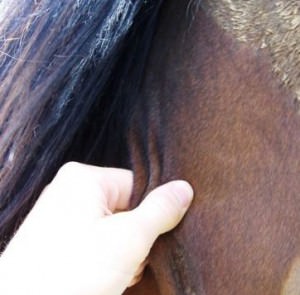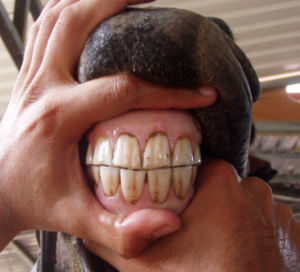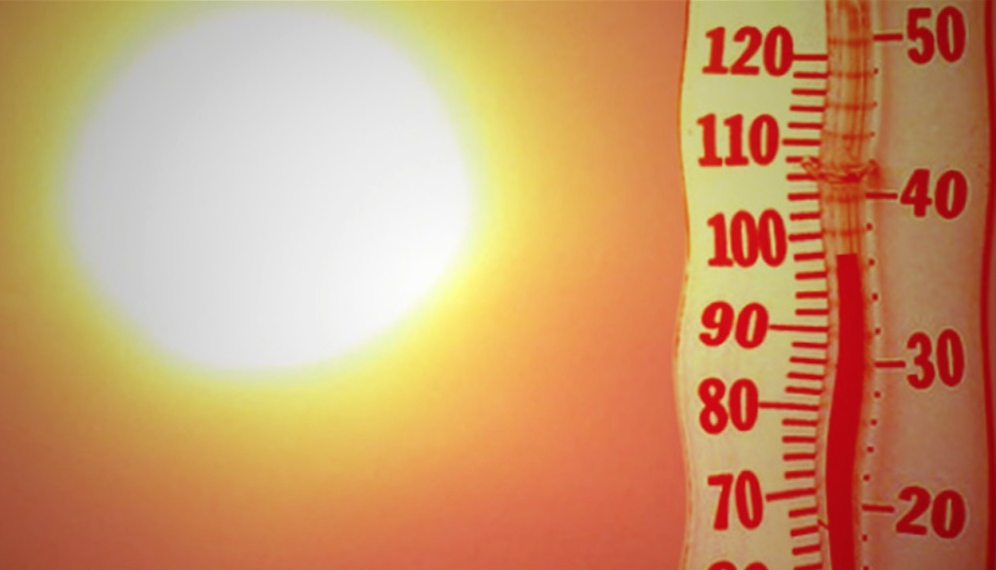Summer temperatures present special problems for horses and not only when they are working. Hauling horses in enclosed trailers can also subject them to excessive heat. Anything that inhibits a horse’s ability to cool itself (long hair, too much fat insulation, a hot trailer) may lead to problems, because if the horse can’t cool himself, his body temperature rises. If it becomes too high, he’ll suffer from heat stroke.
Summer is here and it’s time to enjoy the long days with extra long rides as you enjoy the sultry summer season. Before you hit the trails spend a quick minute thinking about the very real risks of riding in the heat. Heat Stress, Exhaustion, and Stroke, along with the complications from them, are very real risks that if not recognized and treated properly can be debilitating and even life threatening for your horse or mule.
 Heat exhaustion and stroke refer to dangerous conditions that are most likely to occur when horses are working hard in the heat, and especially if they are working beyond their fitness level. While often used interchangeably they should be more specifically defined. Heat exhaustion is a situation when the horse is obviously dehydrated and exhausted from overheating. A horse suffering from heat exhaustion is very tired and very hot, but with treatment (rest, water, and cooling) should revive. Heat stroke is a total collapse, and more life threatening. A horse in heat stroke is in imminent danger of dying.
Heat exhaustion and stroke refer to dangerous conditions that are most likely to occur when horses are working hard in the heat, and especially if they are working beyond their fitness level. While often used interchangeably they should be more specifically defined. Heat exhaustion is a situation when the horse is obviously dehydrated and exhausted from overheating. A horse suffering from heat exhaustion is very tired and very hot, but with treatment (rest, water, and cooling) should revive. Heat stroke is a total collapse, and more life threatening. A horse in heat stroke is in imminent danger of dying.
As you already read in “Too Hot to Ride” one of the main ways that a horse cools himself is by sweating and utilizing evaporation of sweat to dissipate body heat. In hot, humid conditions, however, the air is already damp, and sweat won’t evaporate. The horse stays hot and the body keeps signaling for more sweating; the horse stays wet with sweat but doesn’t get any cooler. If the horse runs out of fluid due to excessive sweating, dehydration has occurred. A dehydrated horse is always at risk because he can no longer cool himself by sweating and his temperature will continue rising.
Signs of dehydration include:
 Mouth and gums that are dry, brick red or very pale. (Mucous membranes should be a healthy pink color. Now pry yourself away from this article and go check your horse or mule’s gums.)
Mouth and gums that are dry, brick red or very pale. (Mucous membranes should be a healthy pink color. Now pry yourself away from this article and go check your horse or mule’s gums.)- Loss of skin elasticity – A pinch of skin pulled out from the neck or shoulder that does not spring right back into place, but instead, stays tented for several seconds is a sign of dehydration. If it takes 2 or 3 seconds for the skin to sink back into place, the horse is moderately dehydrated, if it stays elevated for 6 to 10 seconds or longer, he is severely dehydrated.
- Poor capillary refill time – Press your finger into his gum and remove. If the spot stays white and pale for a few seconds meaning the blood doesn’t rush right back afterward, the horse is dehydrated.
- Heart rate also increases as the horse’s body tries to get more blood to the surface for cooling, but has less body fluid to do it with.
- Loss of fluid will also make the horse’s eyes seem to sink back into his head and his eyelids and tissues around the eyes appear wrinkled. Horses and mules exhibiting these symptoms should be rested, watered, and cooled.
Next, read more about how to treat stress and dehydration...


